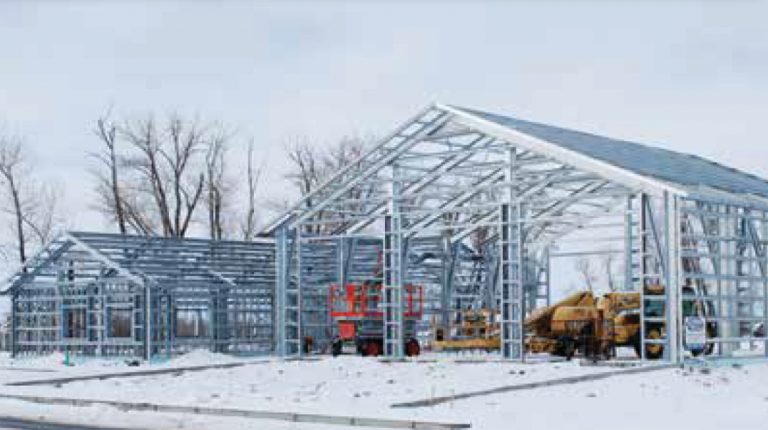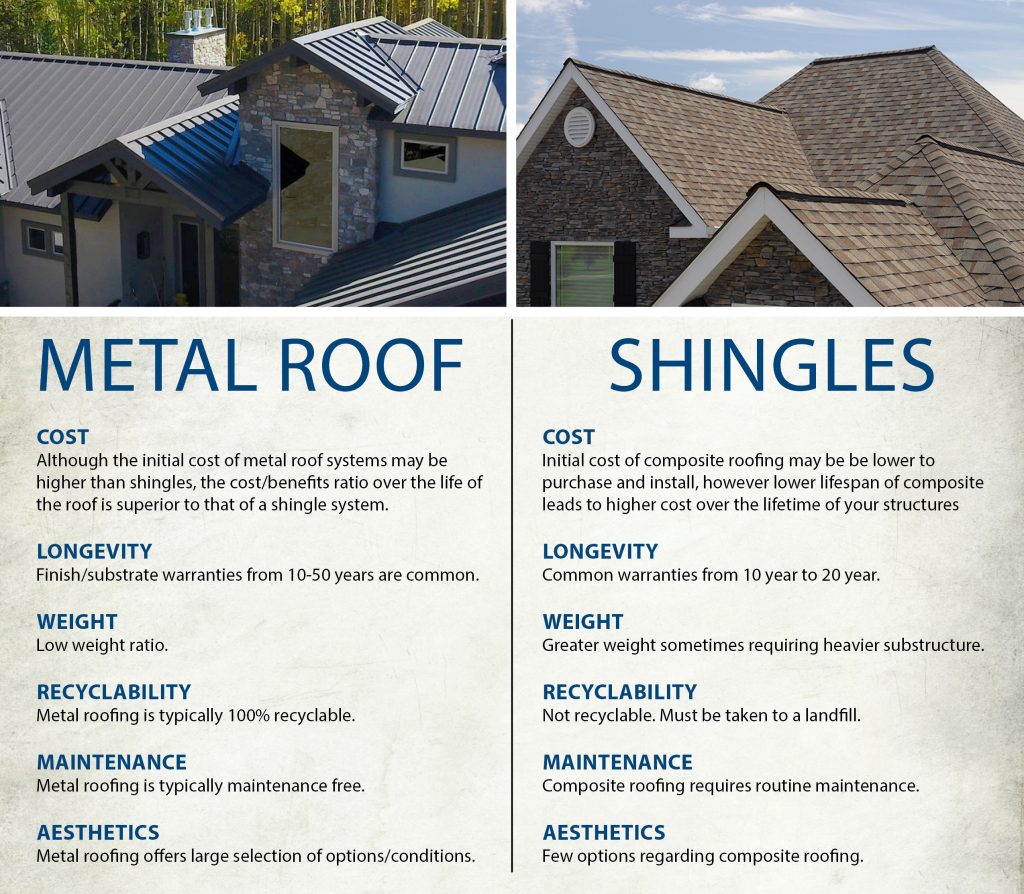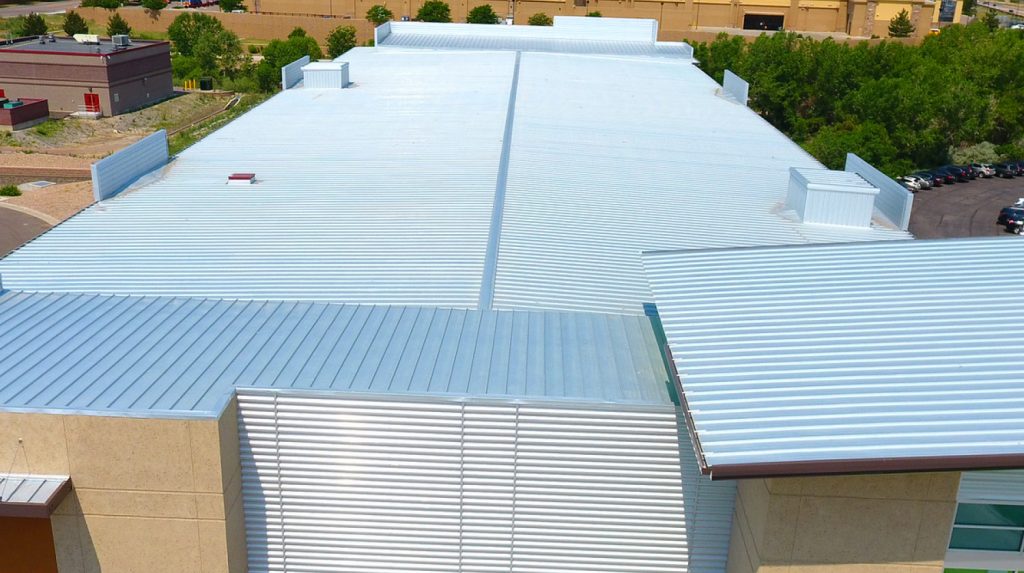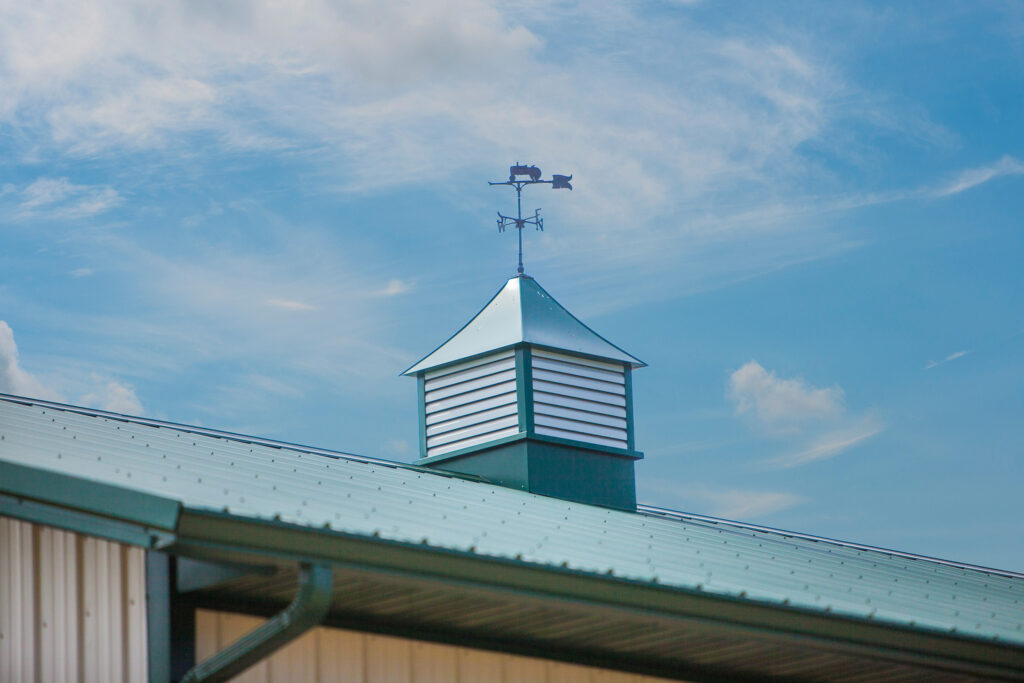What is Cold-Formed Steel & How is it Used?
Metal buildings come in many different varieties–housing everything from livestock and agriculture implements to warehousing and commercial interests. In recent years, metal buildings have even caught the eye of those looking for a trendy dwelling to call home. But there’s more than meets the eye with these buildings. Have you ever thought about how these buildings are constructed? Cold-formed steel buildings utilize steel components that are fabricated by ‘cold’ processes.
When it comes down to it, the strength of the building is in the frame. Steel-framed buildings are typically constructed from red iron beams. This means that each post and each beam in the frame are painstakingly fabricated and welded together to create a complete substructure or frame. By contrast, cold-formed steel buildings provide innovation in building these otherwise labor-intensive steel buildings.
What is Cold-Formed Steel?
Cold-formed steel, or CFS, refers to fabrication techniques that occur at room temperature or otherwise do not require heat to form or shape. Using cold-formed steel can provide a range of benefits that all equal a simpler, more cost-effective build. Cold-formed steel techniques aren’t necessarily new to manufacturing. We’ve been using this technology since the 1920s and 30s to create components and sheets of steel for a variety of different end uses

In fact, in 1933, three entire houses built with cold-formed steel frames were debuted at the World’s Fair. And now, according to the Steel Framing Association, about one-third of all commercial buildings use cold-formed steel framing. Producing CFS begins by smelting steel into a liquid in a furnace, which obviously uses heat. However, the difference is what happens next. As the steel cools to room temperature, it is fed through a series of rollers that compress the steel creating a stronger, more durable material compared to hot-formed steel.
What is Cold-Formed Steel Used For?
CFS is versatile, spanning many uses from individual building components to entire buildings. The most common applications of cold-form steel buildings include sheds, commercial buildings, and garages.
Cold-formed steel is stronger than hot-formed steel. By some estimates, it may be as much as 20% stronger. And that means that it can be used to build larger, taller buildings with fewer restrictions. For example, architects used CFS to construct a 40-story residential building, proving the material’s viability for mid-rise structures. That same level of durability is available for single-story buildings of all sizes using CFS for traditional agriculture and commercial buildings as well.
Benefits of Cold-Formed Steel Buildings
Cold-formed steel fabrication practices have been widely adopted across the construction industry because they come with a long list of benefits. Here’s a quick look at the reasons to say yes when choosing CFS.
Energy Efficient Building Performance
Did you know that steel is an energy-efficient building material? Whether you’re looking to make sustainable choices for your lifestyle or you’re seeking LEED certification for a commercial building, cold-formed buildings can help. The Steel Framing Alliance says that CFS buildings have reduced energy use per ton of steel by one-third, achieving both ENERGY STAR and LEED Certification ratings.
Cost-Effective, Efficient Building Process
Cold-formed steel buildings cut the labor and time required to erect a building considerably. For commercial buildings, CFS can take as much as three months of the cycle time of the build. For contractors, this means more customers on the books, and for end clients, this means that you’ll be up and running much quicker with CFS. Additionally, modern fabrication processes help reduce weather-related construction delays, offering a predictable build schedule.
Fewer Building Restrictions
Steel is strong–that’s a somewhat obvious statement. However, even steel has its limits. With CFS, the steel won’t experience shrinkage, swelling, or movement that is typical with red iron steel construction due to environmental factors. This consistency translates to a stronger, sturdier building. Cold-formed steel also has the added benefit of being non-combustible, which helps save money on insurance premiums as well.
Pest-Resistant Structure
Did you know that termites–a wood-eating insect that infests timber-built structures, cause an estimated $5b in damage across the US every year? Termites are a common problem across most of the country, but especially in the southeastern US. The good news is that some building materials are naturally resistant to pests like termites. Cold-formed steel buildings use steel rather than wood for framing, which not only makes them stronger but also resistant to infestations that may lead to severe structural damage.
Fire-Resistant Structure
Another notable benefit of CFS is its natural resistance to feeding a fire. While other building materials in your construction may catch fire, the true structure of your building will be non-combustible. This is important to note because, in timber-framed construction, the frame is third on the list of common ignition sources for a fire. This can be one step towards preventing the tragedy of a fire or at least a smart choice in slowing the progress of a fire with the added benefit of extra savings on your insurance premiums.
Lower Insurance Premiums
With the benefits of CFS adding up, it’s easy to see why insurance premiums might come in lower for these constructions. While there are many factors, including provider, coverage limits, building size, use, and location–it’s hard to deny the risk-mitigating benefits of CFS. In addition to providing a strong, sound structure that is not prone to shrinking, warping, or moisture damage, CFS is also pest and fire-resistant. In other words, the hardiness of this building material negates many common structural failures that often drive the cost of insurance premiums up.
Choose CFS from Metal Sales for Your Next Building
When it comes to choosing the right building material, CFS is an easy choice. It offers a long list of benefits ranging from strength and durability to lower insurance premiums and enhanced sustainability.
Build your next building with CFS from Metal Sales. We’re a leading manufacturer of steel building products in the United States. We have decades of experience working with engineers, contractors, architects, and end-users to create long-lasting, aesthetically-pleasing structures. Cold-formed steel can be used to create all components of a building, including frames and panels.
About Metal Sales
Metal Sales Manufacturing Corporation is the premier nationwide provider of metal panels for the construction industry. Metal Sales works with architectural specifiers and commercial construction professionals to create inspirational design solutions. With the industry’s largest and most knowledgeable sales and technical support team, Metal Sales has the expertise to address today’s challenges in high-performance, sustainable and Net-Zero building. Metal Sales has outreach around the world. Delivering outstanding roof, wall and fascia metal panels from its 21 facilities throughout the U.S.
For more information, visit www.metalsales.us.com
To find the nearest branch near you, please visit here.


